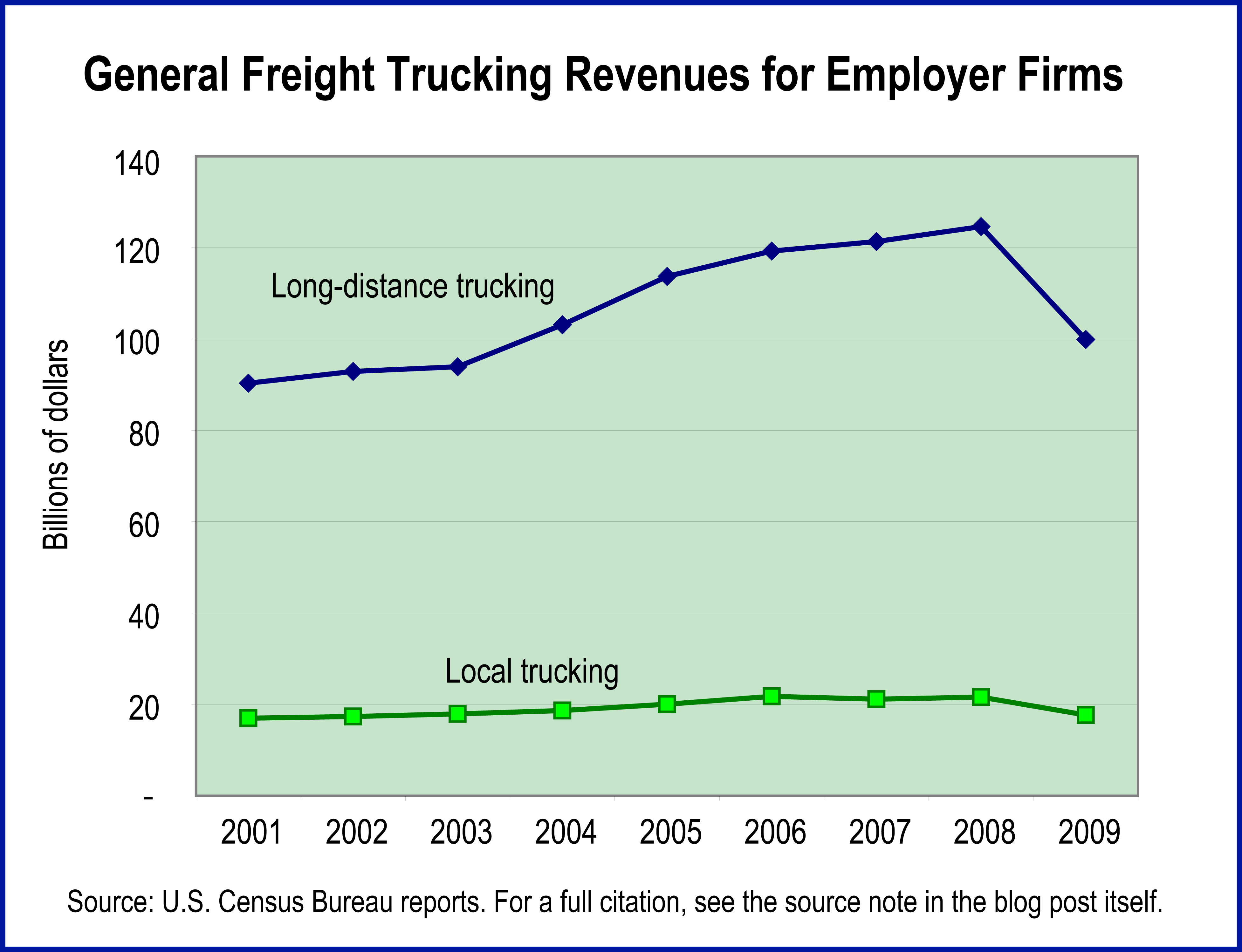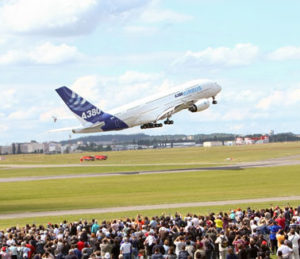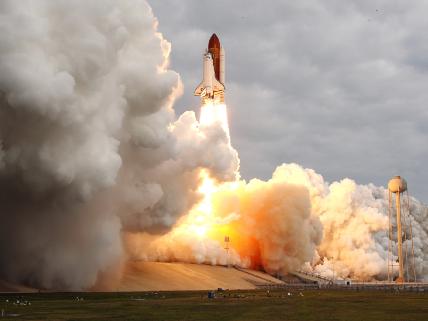Motorized bicycles can be pedaled as standard bicycles or they can be ridden with the use of a gasoline- or electric-powered engine. In 2011, Ford Motor Company introduced the E-Bike at the Frankfurt Motor Show. This bicycle has a lithium-ion battery similar to ones in newer hybrid and electric automobiles. Market share for motorized bicycles is increasing worldwide and expected to grow steadily through the 2010s.
Geographic reference: World
Year: 2010 and forecasted 2018
Market size: 30 million and 47 million units respectively with an estimated total revenue of $11.9 billion by 2018.
Source: Carrie Jones, “A Ford Bicycle,” My Ford, Spring 2012, page 9, and a report by Pike Research, “Annual Sales of Electric Bicycles Will Surpass 47 Million by 2018,” March 27, 2012, available online here. The picture comes from Ford’s media site, here.
Posted on August 7, 2012




